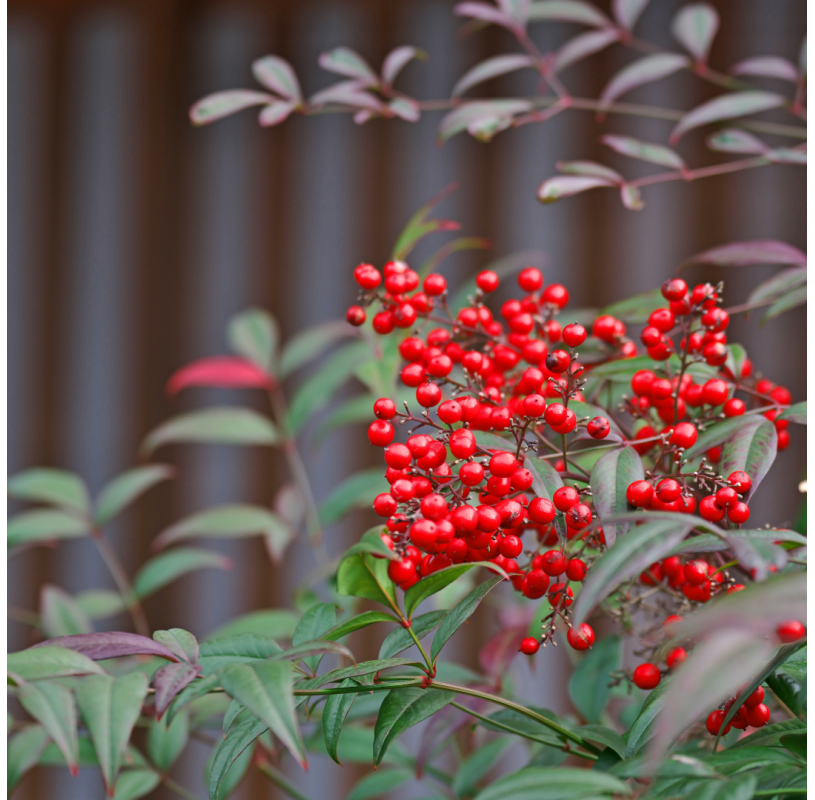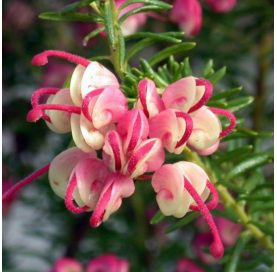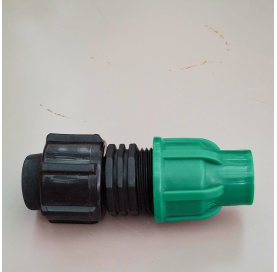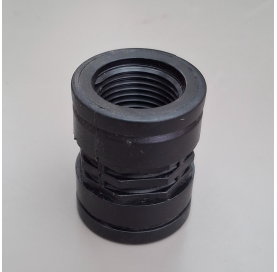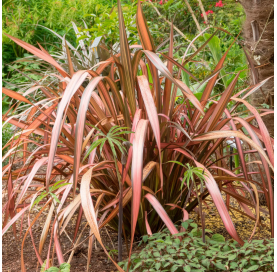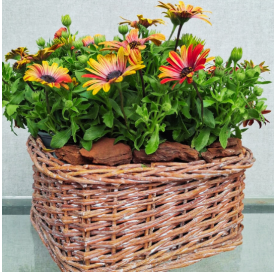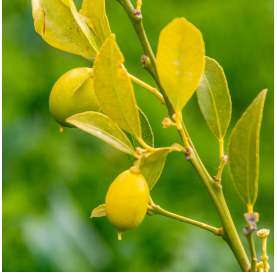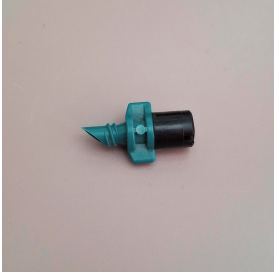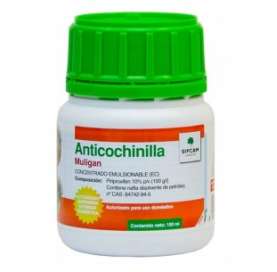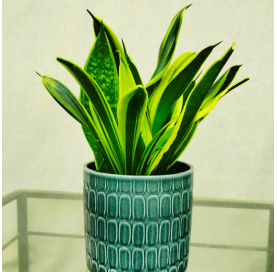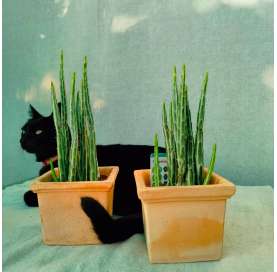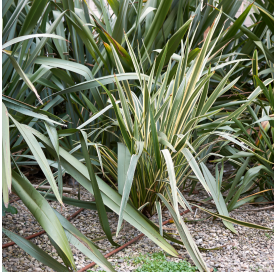Nandina domestica "moon bay "
Nandina domestica "Moon Bay", commonly known as heavenly bamboo, is a compact evergreen shrub known for its dense and colorful foliage. Throughout the seasons, its leaves change color, shifting from green in spring and summer to shades of red and orange in the fall and winter. It grows to a height of about 60 to 120 centimeters, making it an excellent choice for small gardens or borders. Despite its common name, it is not related to bamboo.
 Encrypted payments for greater security
Encrypted payments for greater security
To reduce the plant's time in transit, shipments are made from Monday to Wednesday.


Shipping only to mainland Spain and mainland Portugal
Description:
Nandina domestica "Moon Bay", commonly known as heavenly bamboo, is a compact evergreen shrub known for its dense and colorful foliage. Throughout the seasons, its leaves change color, shifting from green in spring and summer to shades of red and orange in the fall and winter. It grows to a height of about 60 to 120 centimeters, making it an excellent choice for small gardens or borders. Despite its common name, it is not related to bamboo.
Origin:
Nandina domestica is native to Asia, particularly regions of China, Japan, and India. In its natural form, it can grow larger than the "Moon Bay" cultivar, which was specifically developed to provide a more compact and uniform growth habit.
History:
This shrub has been cultivated and appreciated for centuries, especially in traditional Asian gardens, due to its resilience, decorative foliage, and ability to change color with the seasons. Its use in ornamental gardens in the West has grown significantly because of its low maintenance needs and the beauty it adds to landscapes, especially during the colder months.
Curiosities:
One of the most interesting features of Nandina domestica "Moon Bay" is its ability to provide vibrant color changes throughout the year, without the need for constant flowering. While it does produce small white flowers in spring, its main attraction is its ever-changing foliage. Additionally, the plant produces red berries in winter, which can attract birds to the garden. However, it’s worth noting that the berries can be toxic to some pets.
Care:
Nandina domestica "Moon Bay" is easy to care for and adaptable to a variety of growing conditions. It prefers well-drained soil rich in organic matter but can tolerate poor soils and moderate drought once established. While it prefers sunny locations, it can also adapt to partial shade. Its tolerance to different climates makes it an excellent choice for both warm and cold gardens.
Watering:
This plant requires moderate watering, especially during its first year of establishment. Once well-rooted, it can tolerate periods of drought but will benefit from regular watering during the summer or in very dry climates. Deep watering is preferred to promote stronger root growth.
Pruning:
Pruning Nandina domestica "Moon Bay" is minimal, but it is recommended to remove dead or damaged branches to maintain its compact and healthy shape. If size control or shaping is desired, it is best to prune in late winter or early spring before new growth begins.
Data sheet
- Name
- Nandina domestica "moon bay "
- Origen
- Nandina domestica 'Moon Bay' is native to Asia, specifically China and Japan. This variety has been cultivated and selected for its ornamental value in gardens worldwide.
- Height
- 'Moon Bay' is a dwarf variety of Nandina domestica, typically reaching between 60 cm and 1 meter in height, making it ideal for small gardens and pathways.
- Colour
- The foliage of 'Moon Bay' changes color throughout the year. In spring, the leaves are bright green, and in fall and winter, they turn shades of red and orange, providing year-round seasonal interest.
- Flowering
- The flowers of Nandina domestica 'Moon Bay' are small, white, and appear in clusters during the spring. While not extremely showy, they add a delicate touch to the vibrant foliage.
- Irrigation
- It requires moderate watering, keeping the soil moist but well-drained. It is relatively drought-tolerant once established, though it will benefit from more frequent watering in dry climates or during summer.
- Sowing distance
- It is recommended to plant 'Moon Bay' with a spacing of about 50 cm to 1 meter between plants, depending on the garden design and whether a denser coverage effect is desired.
12 other products in the same category:
-
Grevillea lanigera mount...€30.00
-
Connector€3.80
-
-
-
Phornium pink flamingo€0.00
-
Wicker basket with...€0.00
-
Citrus eustis "limequat"€30.00
-
-
-
Sansevieria 'Laurentii' -...€29.00
-
-
Phornium tenax€27.00

 English
English Spanish
Spanish